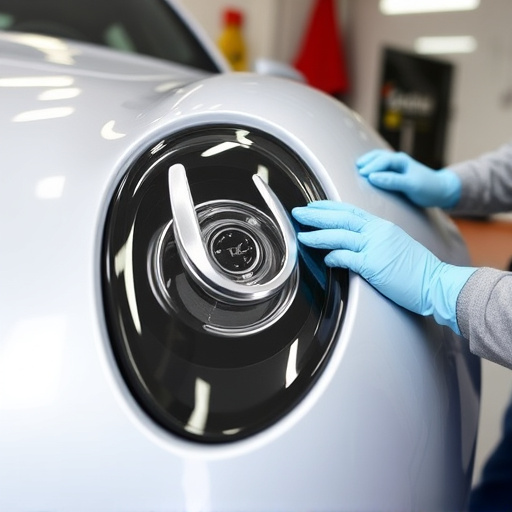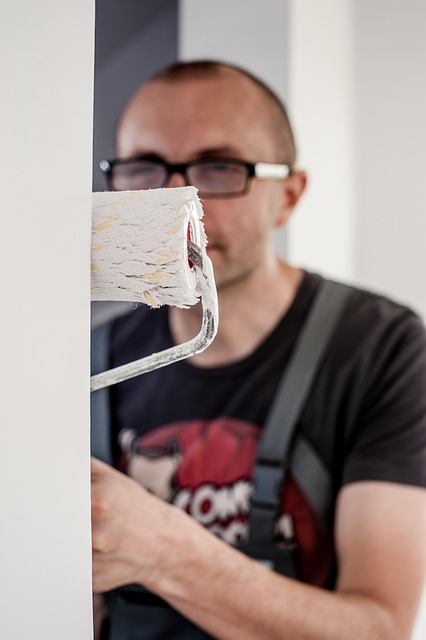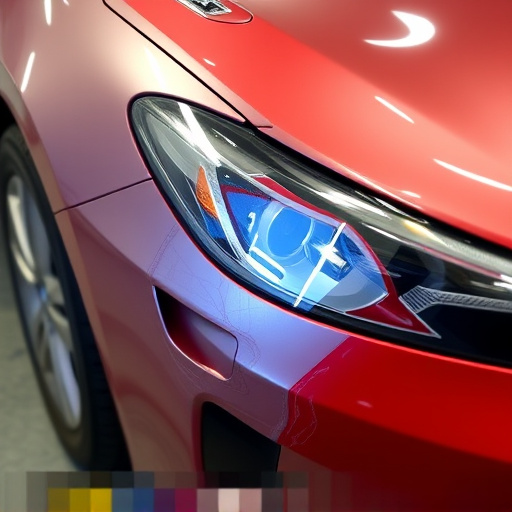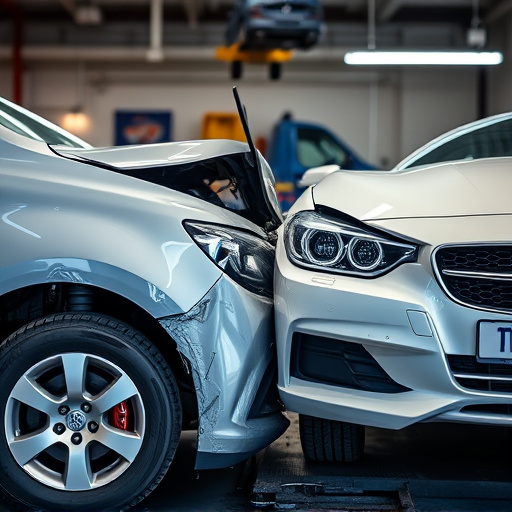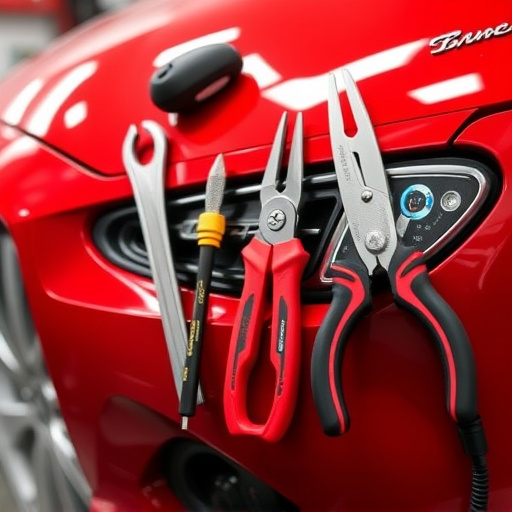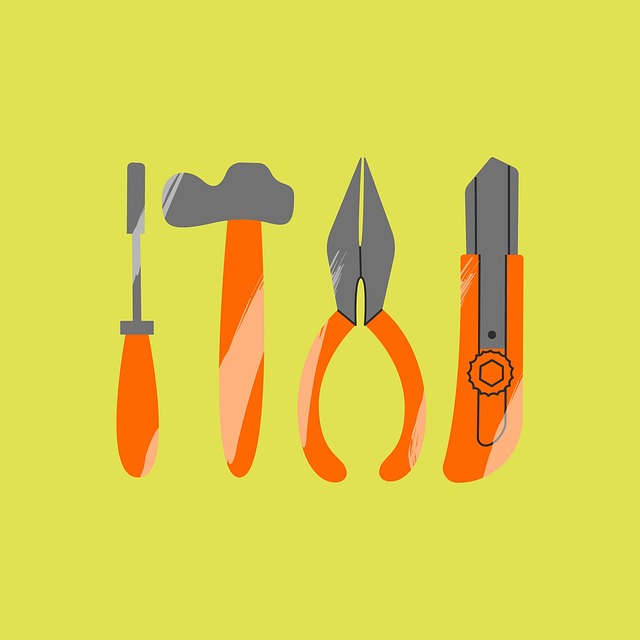In collision repair, meeting customer expectations for speed and quality is key to exceptional service. Today's consumers demand swift solutions without compromising accuracy or professionalism throughout their journey. Balancing these demands is crucial for maintaining high standards and fostering loyalty. In a competitive market, quick service is a differentiator, directly impacting collision repair customer service ratings. Using digital systems to track KPIs like turnaround and response times enhances metrics. Efficient workflow management, strategic implementations, modern equipment, and staff training significantly improve collision repair turnaround times and boost customer satisfaction.
In the competitive landscape of collision repair services, understanding and optimizing customer experiences are paramount. This article delves into the critical aspect of how the speed of service directly influences collision repair customer service ratings. We explore shifting customer expectations, devise methods to quantify service speed’s impact, and present strategic enhancements to turnaround times, all geared towards elevating the overall collision repair experience.
- Understanding Customer Expectations in Collision Repair
- Measuring and Tracking Service Speed Impact
- Strategies to Enhance Collision Repair Turnaround Times
Understanding Customer Expectations in Collision Repair
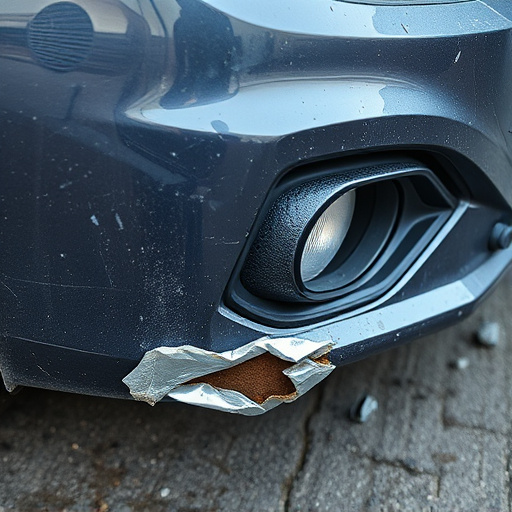
In the realm of collision repair, understanding customer expectations is paramount to delivering exceptional service. Today’s consumers are accustomed to swift and efficient solutions for their vehicle needs, often equating speed with quality. This expectation is not limited to the repair process itself but extends to the entire customer journey, from initial contact to final pickup. At an auto collision center, where time is a critical factor in getting customers back on the road, prioritizing speed of service can significantly impact satisfaction levels and, consequently, collision repair customer service ratings.
Customer expectations in collision repair go beyond just fixing dents or repairing car bodies (auto collision center). They encompass a range of positive experiences, including prompt communication, transparent pricing, and efficient turnaround times. When an auto collision center fails to meet these expectations, it can lead to dissatisfied customers who are unlikely to return for future repairs or recommend the center to others. Therefore, balancing speed with accuracy, professionalism, and customer engagement is crucial in maintaining high collision repair customer service standards.
Measuring and Tracking Service Speed Impact
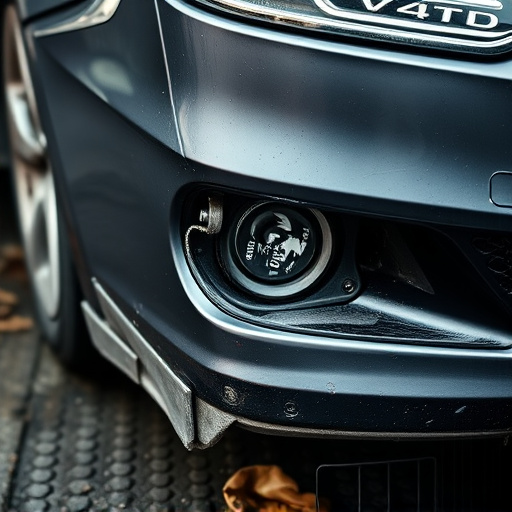
In today’s competitive market, understanding how the speed of service influences collision repair customer service ratings is a game-changer for vehicle body shops. Measuring this impact involves tracking key performance indicators (KPIs) such as turnaround time from initial estimate to repair completion, waiting times in the shop, and response time to customer inquiries. By utilizing digital systems and streamlining processes, car repair services can significantly enhance these metrics.
For instance, a well-organized vehicle body shop with efficient workflow management tools can ensure that customers’ cars are serviced promptly after they drop them off. This reduces inconvenience and increases customer satisfaction, translating into positive collision repair customer service ratings. Moreover, quick response times to customer concerns or questions demonstrate a commitment to excellent service, fostering long-term client relationships and encouraging repeat business in the competitive car collision repair landscape.
Strategies to Enhance Collision Repair Turnaround Times
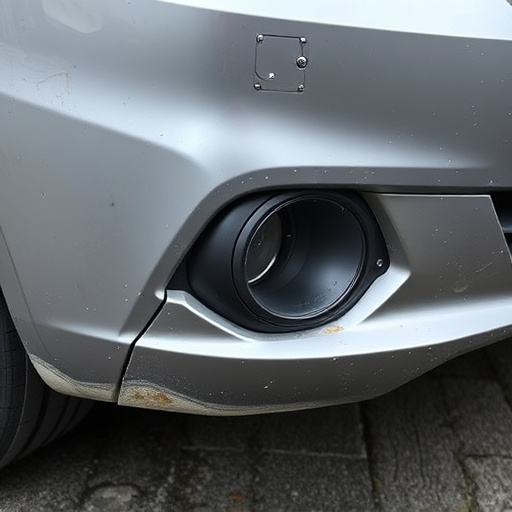
To enhance collision repair turnaround times and improve customer satisfaction, auto repair shops can implement several strategies. First, prioritizing tasks and utilizing efficient workflows streamlines the process, ensuring that each step is completed promptly. Advanced scheduling systems and communication tools enable better coordination among technicians, reducing wait times for customers.
Additionally, investing in modern equipment and technologies, such as robotic welding and computer-aided design software, accelerates repair work. Training staff to operate these tools effectively further contributes to faster turnaround. Another crucial aspect is offering diverse services under one roof, including car paint services, auto glass replacement, and body repairs, which consolidates the overall process, benefiting collision repair customer service ratings.
In conclusion, the speed of service plays a pivotal role in shaping collision repair customer service ratings. By understanding customer expectations, measuring service impact, and implementing strategies to enhance turnaround times, collision repair shops can significantly improve client satisfaction. Prioritizing efficient processes and employee training ensures not only faster repairs but also fosters positive relationships, ultimately boosting business reputation and loyalty among customers.

